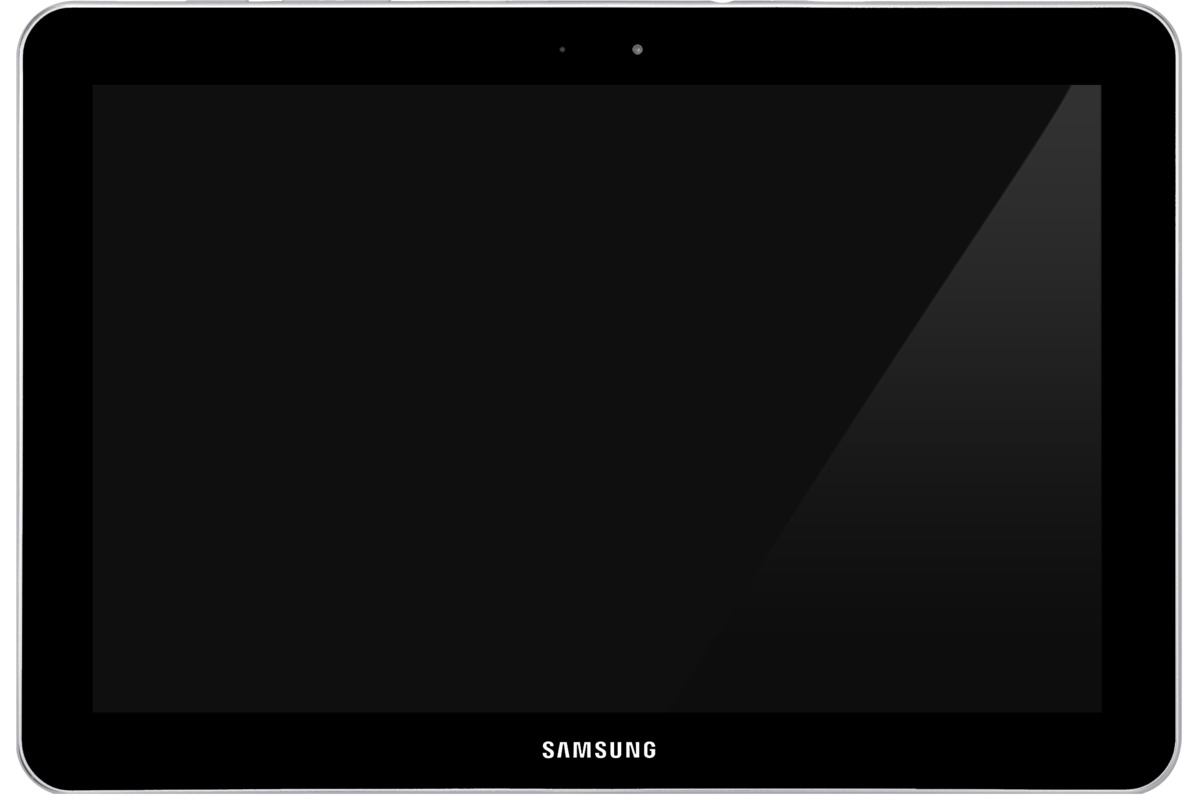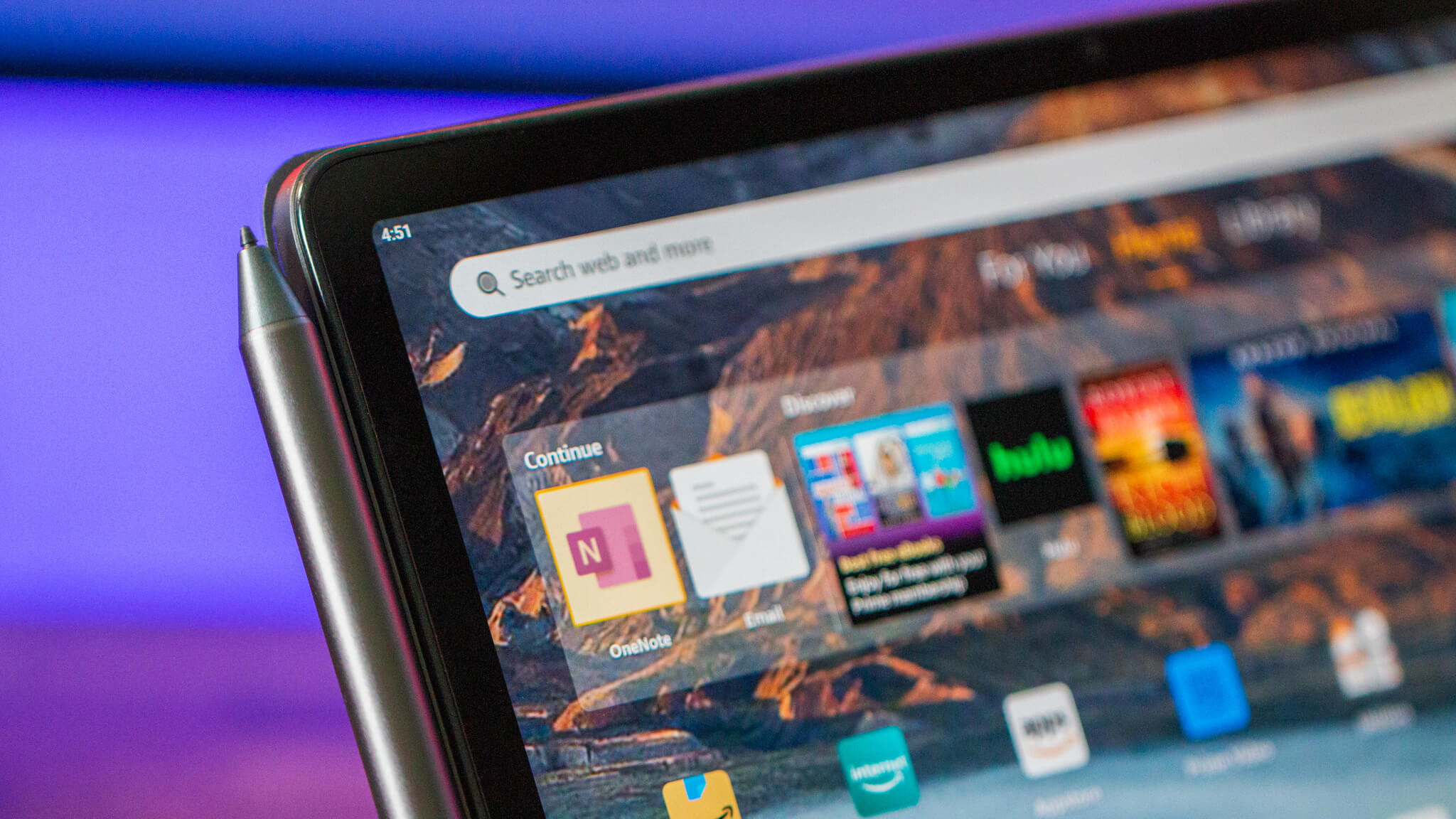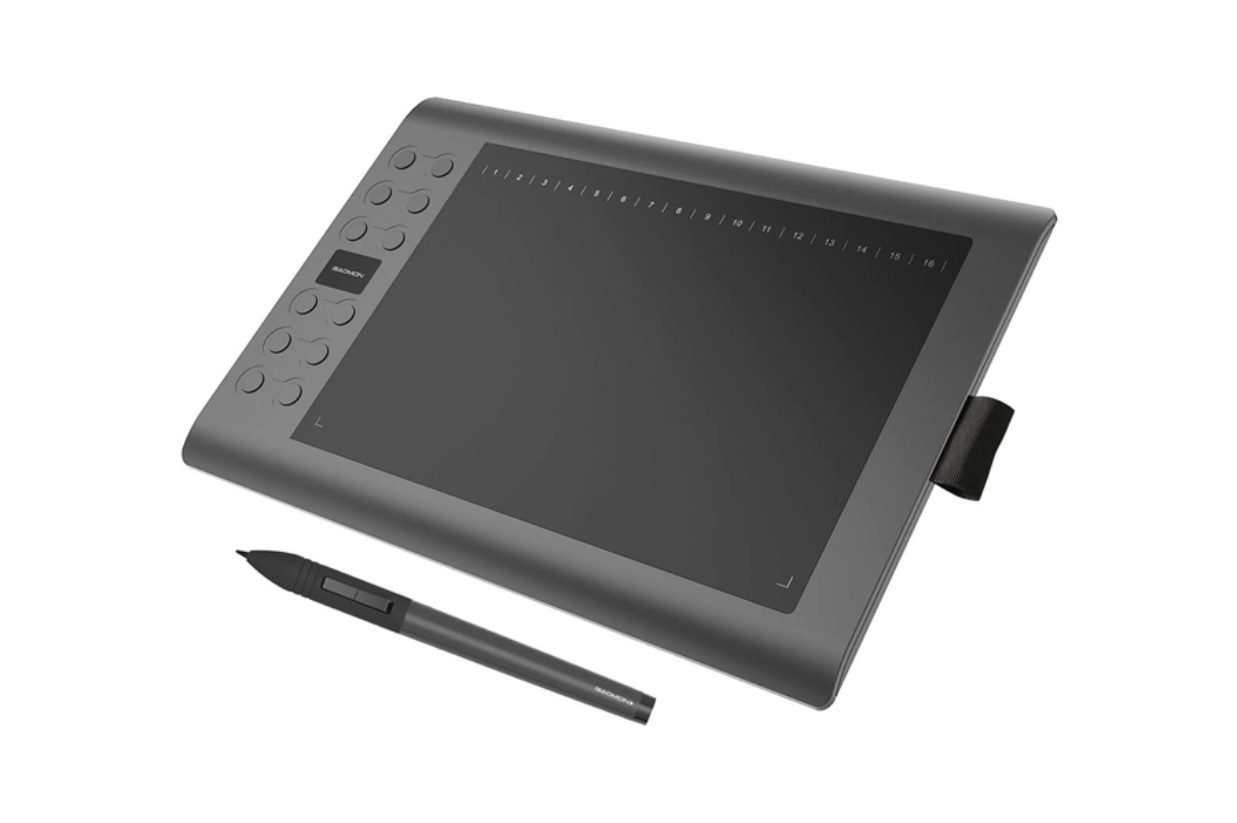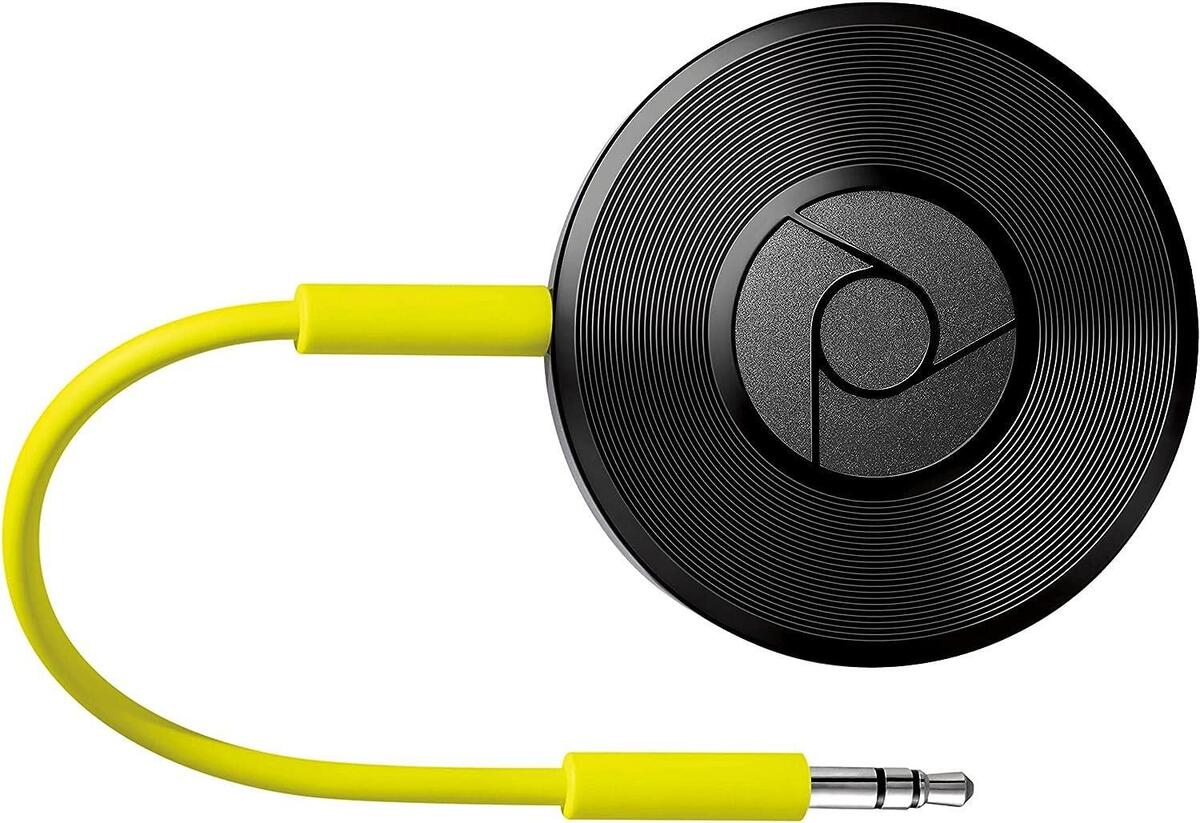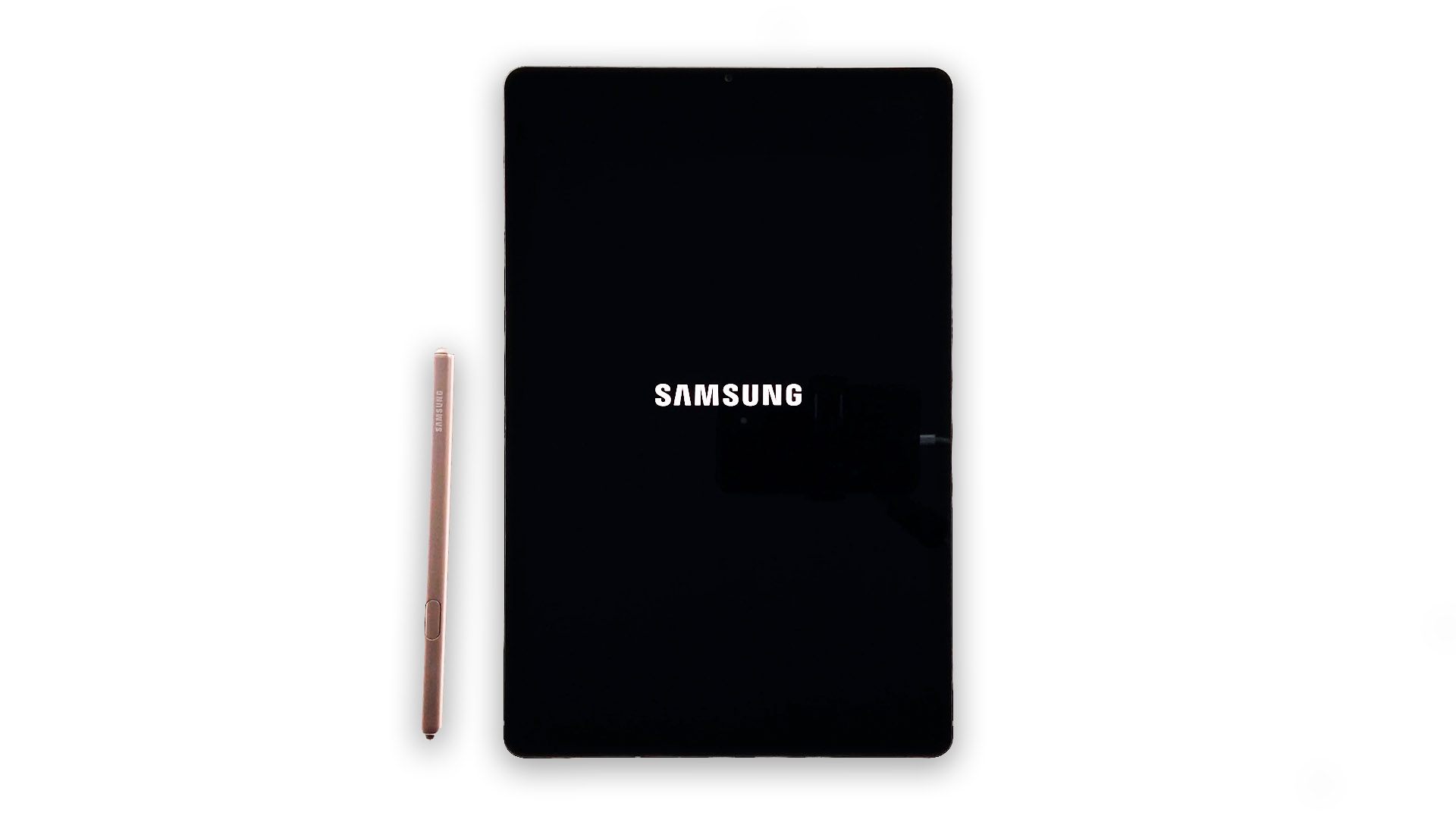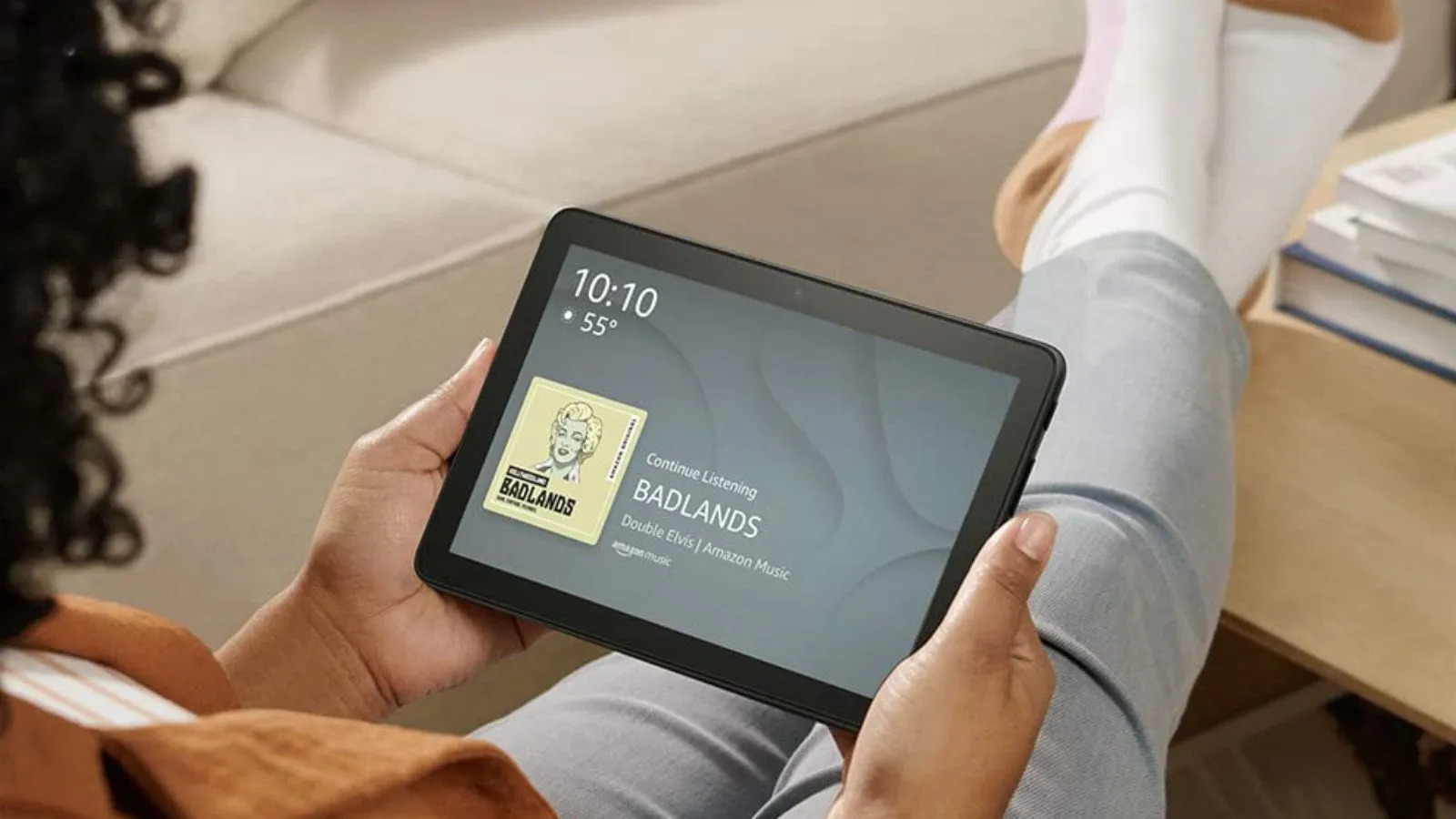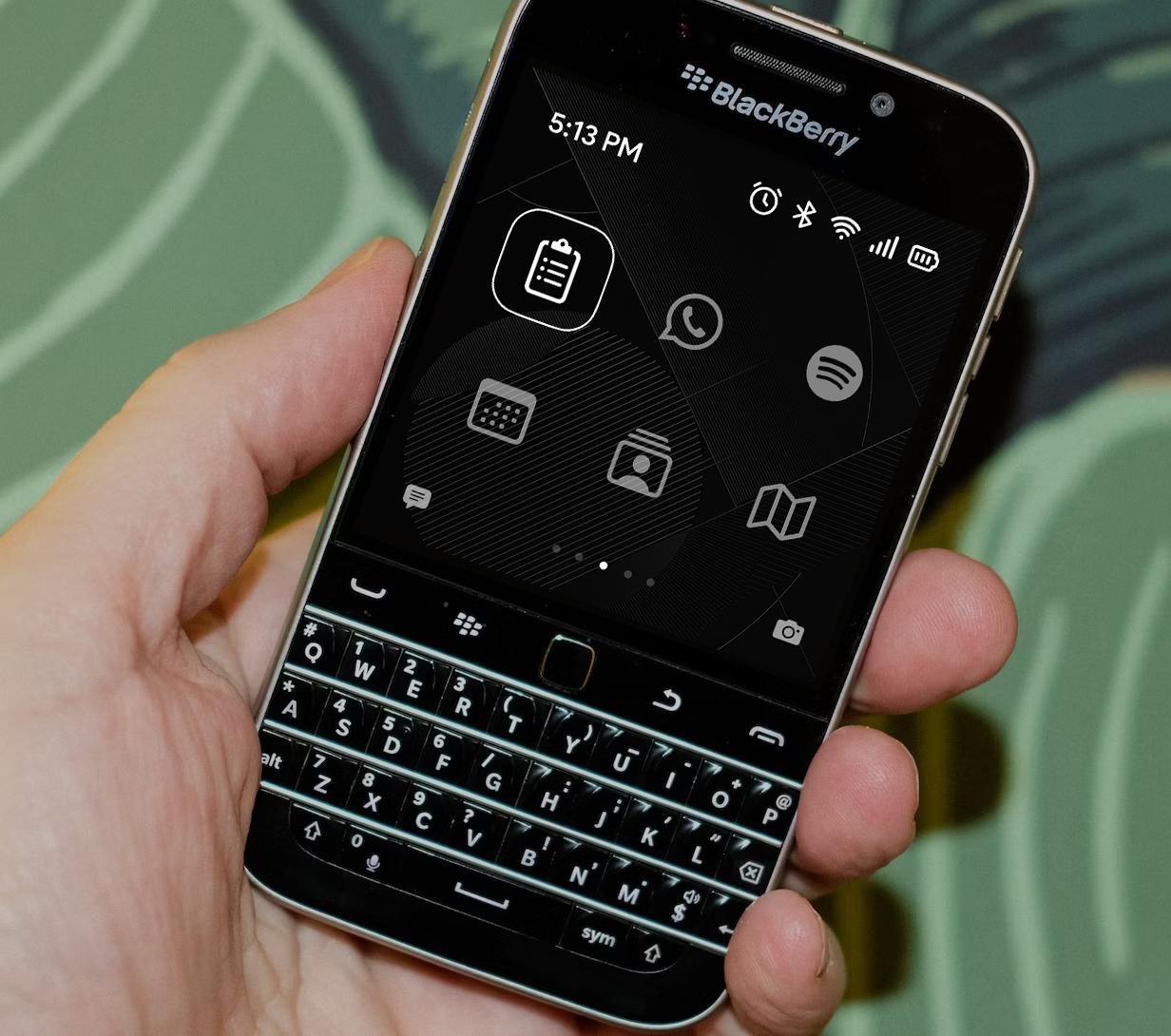Possible Causes for a Tablet Screen to Go Black
A tablet screen going black can be a frustrating experience. There are several possible reasons behind this issue, ranging from simple software glitches to more serious hardware malfunctions. Here, we will explore some common causes for a tablet screen to go black.
1. Software Issues: One of the most common causes of a black screen on a tablet is a software-related problem. This could be due to a corrupted app, a software update gone wrong, or conflicts between different applications. In some cases, a simple reboot or force restart can resolve these issues.
2. Battery Depletion: If your tablet battery is completely drained, it can lead to a black screen. Ensure that your tablet is charged adequately before assuming there is a more serious problem. Connect your tablet to a power source and let it charge for a while before attempting to turn it on.
3. Display Settings: Incorrect display settings can also result in a black screen. If the brightness is set too low, the screen may appear black or very dim. Adjust the brightness levels and check if that resolves the issue. Additionally, check the auto-sleep settings, as the screen may turn off automatically after a certain period of inactivity.
4. Hardware Malfunction: Physical damage or hardware defects can cause the screen to go black. This could be due to a faulty display, loose connections, or a damaged power button. If you suspect a hardware issue, it is recommended to seek professional assistance for diagnosis and repair.
5. Overheating: Tablets generate heat during extended usage, and excessive heat can cause the device to shut down or the screen to go black. Ensure that your tablet is not exposed to direct sunlight or placed in an environment with high temperatures.
6. Water Damage: If your tablet has been exposed to water or other liquids, it may result in a black screen or other functionality issues. In such cases, it is essential to turn off the tablet immediately and seek professional assistance to prevent further damage.
7. Operating System Glitches: Occasionally, a glitch in the operating system can cause the tablet screen to go black. This may require a software update or a factory reset to resolve the issue. Before performing a factory reset, ensure you have backed up your important data as it will be erased.
Understanding the possible causes for a tablet screen to go black can help you troubleshoot the issue more effectively. In the next section, we will discuss various methods to fix a tablet with a black screen.
How to Fix a Tablet with a Black Screen
Dealing with a tablet that has a black screen can be frustrating, but there are a few troubleshooting steps you can take to potentially resolve the issue. Here are some methods that can help you fix a tablet with a black screen:
1. Perform a Hard Reset: A hard reset can often resolve software issues causing the black screen. Press and hold the power button and the volume down button simultaneously for about 15-20 seconds until the tablet restarts. This will force the device to reboot and may fix the black screen problem.
2. Charge the Tablet: If the battery of your tablet is critically low, it may cause the screen to go black. Connect your tablet to a power source and let it charge for at least 30 minutes before attempting to turn it on. If the battery was the culprit, the screen should start working once it has sufficient power.
3. Check for Loose Connections: Inspect the charging port and ensure there are no loose connections or debris. Sometimes, a loose connection can prevent the tablet from charging properly, resulting in a black screen. Clean the charging port with a soft cloth or a small brush and try charging the tablet again.
4. Boot the Tablet in Safe Mode: Safe Mode allows you to boot your tablet with only essential system apps running, which can help identify if a third-party app is causing the black screen. To enter Safe Mode, press and hold the power button, then tap and hold the “Power off” option until the Safe Mode prompt appears. If the black screen issue does not occur in Safe Mode, it may indicate that an app is causing the problem.
5. Factory Reset the Tablet: If all else fails, performing a factory reset can help resolve persistent software issues causing the black screen. However, keep in mind that a factory reset will erase all data on your tablet, so make sure to back up important files before proceeding. To factory reset your tablet, go to the settings menu and look for the “Backup & Reset” option.
6. Seek Professional Assistance: If none of the above steps work, it may indicate a more serious hardware issue. In such cases, it is best to seek help from a professional technician who can diagnose and repair the problem.
Remember, the steps provided here are general troubleshooting methods, and their effectiveness may vary depending on the specific tablet model and software version. If you are not comfortable performing any of these steps yourself, it is advisable to seek help from an expert.
Now that you are familiar with how to fix a tablet with a black screen, let’s move on to discussing common software problems and hardware issues that can cause a black screen on a tablet.
Troubleshooting Steps for Tablet Screen Issues
Experiencing screen issues with your tablet can be frustrating, but there are several troubleshooting steps you can take to diagnose and potentially fix the problem. Here are some common troubleshooting steps for tablet screen issues:
1. Clean the Screen: Sometimes, a dirty screen can cause display problems. Use a microfiber cloth to gently clean the screen surface. Avoid using harsh chemicals or abrasive materials that could damage the screen.
2. Check the Screen Orientation: If the screen appears to be upside down or rotated, it may be due to incorrect screen orientation settings. Swipe down from the top of the screen to access the quick settings menu and look for an icon that looks like a lock with a circular arrow. Tap this icon to toggle the screen orientation lock on or off.
3. Adjust Screen Brightness: If the screen is too dim or too bright, it may affect visibility. Swipe down from the top of the screen to access the brightness slider and adjust it to a comfortable level.
4. Perform a Soft Reset: A soft reset can help resolve temporary software glitches that may be affecting the screen. Press and hold the power button until the power options menu appears, then select the restart option. This will reboot the tablet and may fix the screen issue.
5. Update Software: Outdated software can sometimes cause compatibility issues and screen problems. Check for any available software updates and install them if necessary. These updates often include bug fixes that may address screen-related issues.
6. Remove Screen Protector or Case: If you are using a screen protector or a case, it could potentially interfere with the touch sensitivity or display quality. Remove the screen protector or case and check if the screen issue persists.
7. Test Touch Responsiveness: If the screen is unresponsive to touch, it could indicate a hardware problem. Open a drawing or note-taking app and try drawing or writing on the screen. If the touch input is not detected accurately or at all, it may require professional repair.
8. Check for Software Conflicts: Some third-party apps may conflict with the tablet’s system software, causing screen issues. Boot the tablet into Safe Mode (as mentioned in the previous section) and check if the problem persists. If the screen functions normally in Safe Mode, you may need to uninstall or update specific apps.
9. Perform a Hardware Diagnostic Test: Some tablets have built-in diagnostic tools that can help identify hardware issues. Consult the tablet’s user manual or the manufacturer’s website to learn how to access and run the diagnostic test. It can provide valuable insights into any underlying hardware problems.
By following these troubleshooting steps, you can often resolve common tablet screen issues. However, if the problem persists or worsens, it is recommended to seek professional assistance for a thorough diagnosis and repair.
Now let’s move on to explore common software problems that can cause a tablet screen to go black.
Common Software Problems that Cause Tablet Screens to Go Black
A tablet screen going black can often be attributed to various software-related issues. Understanding these common problems can help you pinpoint the underlying cause and potentially resolve the black screen problem. Here are some software problems that may cause tablet screens to go black:
1. App Crashes: When an app crashes or freezes, it can sometimes result in a black screen. This can happen due to compatibility issues, insufficient system resources, or a corrupted app. Try force-closing the app and reopening it to see if that resolves the black screen issue.
2. Operating System Bugs: Like any software, operating systems are prone to bugs and glitches. These bugs can affect various aspects of the tablet’s functionality, including the screen. Keeping your tablet’s operating system up to date with the latest patches and bug fixes can help prevent such issues.
3. Firmware Update Failures: Occasionally, a firmware update can go wrong, resulting in a malfunctioning tablet screen. This can occur due to interrupted downloads, incomplete installations, or incompatible firmware versions. If you suspect a firmware update issue, consult the manufacturer’s website or support team for guidance on how to fix it.
4. Graphics Driver Problems: Graphics drivers play a crucial role in ensuring proper display functionality. If the graphics driver becomes outdated or encounters issues, it can cause the screen to go black or display visual abnormalities. Updating the graphics driver to the latest version provided by the manufacturer can often resolve this problem.
5. RAM and Storage Issues: Insufficient RAM or low storage space can lead to overall system slowdown and screen problems. When the tablet’s resources are overwhelmed, it may result in a black screen or unresponsive display. Free up storage space by deleting unnecessary files or apps, and consider closing background apps to optimize system performance.
6. Incompatible or Malicious Apps: Some apps may not be fully compatible with your tablet’s operating system or may contain malicious code that disrupts normal operation. Installing apps from trusted sources and regularly scanning for malware can help prevent such issues. If you suspect a specific app is causing the black screen, uninstalling it may resolve the problem.
7. Auto-Sleep or Power Management Settings: Tablets often have auto-sleep or power management settings that control when the screen turns off to save battery life. Improperly configured settings or conflicts between apps and these settings can cause the screen to go black unexpectedly. Adjusting these settings or turning off certain power-saving features may resolve the issue.
Remember, software problems can often be resolved through troubleshooting steps like resetting the tablet, updating software, or adjusting settings. However, if the black screen issue persists or worsens, it may indicate a more severe hardware problem that requires professional assistance.
Now let’s explore how to diagnose and resolve hardware issues that can cause a tablet screen to go black.
How to Resolve Hardware Issues Causing a Black Screen on a Tablet
A black screen on a tablet can sometimes be attributed to hardware issues. It is important to diagnose and resolve these problems properly to restore the functionality of the device. Here are some steps you can take to resolve hardware issues causing a black screen on a tablet:
1. Check Physical Connections: Ensure that all cables and connectors, such as the charging cable or HDMI cables, are securely plugged into the appropriate ports. Loose connections can cause display problems, including a black screen. Reconnect any cables if necessary and check if the screen starts functioning properly.
2. Perform a Battery Disconnect: Some tablets have a removable battery, while others have a non-removable one. If your tablet allows it, try disconnecting and reconnecting the battery. This can help reset the hardware and potentially resolve any power-related issues causing the black screen.
3. Inspect the Display: Physically examine the tablet’s display for any signs of damage, such as cracks or water damage. A damaged display can cause the screen to go black or display abnormal visuals. If you notice any damage, it is advisable to seek professional repair or replacement.
4. Test with External Display: Connect your tablet to an external display, such as a monitor or TV, using an HDMI cable or a suitable adapter. If the external display shows the tablet’s screen properly, it may indicate a problem with the tablet’s internal display hardware. Consider seeking professional repair for further diagnosis and resolution.
5. Perform a Factory Reset: If you suspect that a software issue is causing the hardware problem leading to a black screen, performing a factory reset can sometimes help. Remember to back up your important data beforehand, as a factory reset will erase all data on the tablet. Go to the tablet’s settings and look for the “Backup & Reset” option to initiate the reset process.
6. Consult the Manufacturer: If none of the above steps resolve the hardware issue, it is advisable to contact the tablet’s manufacturer or authorized service center. They can provide expert guidance and potentially offer repair or replacement options.
Remember, dealing with hardware issues requires caution and expertise. Unless you have experience in tablet repair, it is generally recommended to seek professional assistance. Attempting to fix complex hardware issues without the necessary knowledge and tools may cause further damage to the device.
Now that we have discussed steps to resolve hardware issues, let’s move on to some tips on how to prevent your tablet screen from going black.
Tips to Prevent Tablet Screen from Going Black
Preventing your tablet screen from going black can help ensure a smooth and uninterrupted user experience. By following these tips, you can minimize the chances of encountering screen-related issues. Here are some helpful tips to prevent your tablet screen from going black:
1. Adjust Sleep Settings: Check your tablet’s sleep settings and adjust them according to your preferences. If the screen turns off too quickly or stays on for too long, it can affect battery life and potentially lead to a black screen. Set a suitable sleep timeout that aligns with your usage patterns.
2. Keep Software Updated: Regularly update your tablet’s software to the latest version provided by the manufacturer. Software updates often include bug fixes, performance improvements, and security patches that can help prevent screen-related issues.
3. Avoid Overloading the Device: Running numerous apps or processes simultaneously can strain the tablet’s resources, leading to performance issues and potentially a black screen. Close unused apps and clear background tasks to optimize system performance.
4. Protect from Physical Damage: Use a protective case or cover to safeguard your tablet from accidental drops, impacts, and scratches. Physical damage can negatively impact the display and cause a black screen or other issues.
5. Prevent Overheating: Prolonged exposure to high temperatures can cause the tablet to overheat, leading to performance issues and a black screen. Avoid using the tablet in direct sunlight or hot environments. If the tablet feels excessively hot, give it a break and allow it to cool down.
6. Install Apps from Trusted Sources: Stick to downloading apps from reputable and trusted sources, such as the official app store for your tablet’s operating system. Malicious apps obtained from unofficial sources can disrupt normal tablet operation and potentially lead to screen issues.
7. Use Quality Charging Accessories: Use only quality charging cables, adapters, and accessories that are compatible with your tablet. Cheap or counterfeit accessories may not provide the necessary power or connectivity, leading to charging or screen problems.
8. Clean the Screen Regularly: Keep the tablet’s screen clean by using a soft, lint-free cloth to remove fingerprints, smudges, and dirt. A dirty screen can affect visibility and may contribute to screen-related issues.
9. Handle with Care: Handle your tablet with care, avoiding excessive force or pressure. Rough handling can lead to internal damage, including to the screen or display connectors.
By implementing these preventive measures, you can reduce the likelihood of encountering a black screen on your tablet. However, it is important to remain vigilant, as unforeseen issues can still arise. If you do experience a black screen, refer to the troubleshooting steps mentioned earlier for potential solutions.
Now that we have covered tips for preventing a tablet screen from going black, let’s discuss when it may be necessary to seek professional help for a tablet with a black screen.
When to Seek Professional Help for a Tablet with a Black Screen
While many tablet screen issues can be resolved through troubleshooting steps, there are certain situations where it is advisable to seek professional assistance. Here are some signs indicating that it may be time to consult a professional for a tablet with a black screen:
1. Persistent Black Screen: If the tablet screen remains black even after trying various troubleshooting steps, it could indicate a more severe hardware problem. Professional technicians have the expertise and tools to diagnose and repair complex hardware issues that may be causing the screen problem.
2. Physical Damage: If your tablet has suffered physical damage, such as a cracked screen or liquid exposure, it is recommended to seek professional help. These types of damages require specialized repair techniques or component replacements that should be handled by trained professionals.
3. Software Repair or Firmware Issues: If the black screen issue is persistent and associated with software repairs or firmware updates, professional assistance may be necessary. Expert technicians can perform advanced software diagnostics and repairs, ensuring that the tablet functions properly without risking data loss.
4. Out-of-Warranty or Manufacturer Support: If your tablet is out of warranty or if the manufacturer offers support for a fee, seeking professional help can be beneficial. Authorized service centers or technicians can provide authorized repairs, genuine parts, and specialized knowledge specific to your tablet model.
5. Lack of Technical Expertise: If you are not comfortable or experienced in diagnosing and repairing electronic devices, it is advisable to leave the task to professionals. Attempting complex repairs without the necessary skills or knowledge can potentially further damage your tablet or void any existing warranty.
6. Time and Convenience: Sometimes, the most practical solution is seeking professional help to save time and ensure convenience. A professional technician can quickly identify and resolve the root cause of the black screen issue, allowing you to get back to using your tablet as soon as possible.
Remember, professional help for a tablet with a black screen should be sought when troubleshooting steps and DIY solutions have been exhausted or when the issue involves complex hardware or software repairs. Always consider the cost of repair, the value of the tablet, and the availability of authorized service centers before deciding whether professional help is warranted.
Now that we have discussed when to seek professional help, let’s wrap up our discussion on resolving tablet screen issues.







